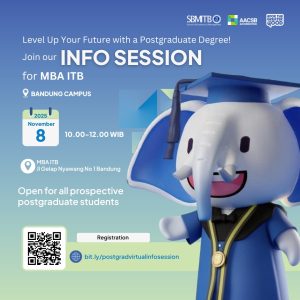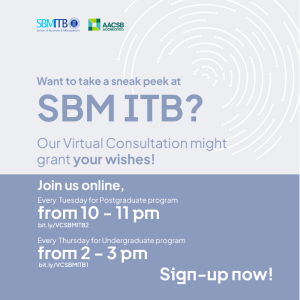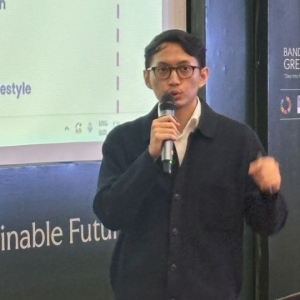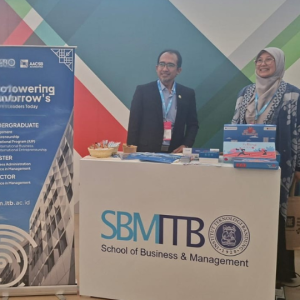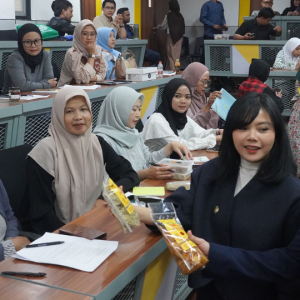Organizations begin to face problems that are getting more complex as time passes by, especially with the unexpected occurrence of the COVID-19 pandemic. Organizational dynamics are also faced with phenomena such as technological disruption, the economic revolution, the net generation, and the social revolution.
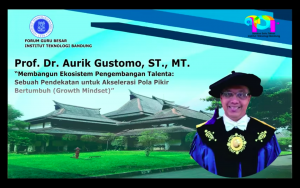
Furthermore, the proportion of digital or digitally-enabled goods in their portfolios has increased. Almost every company has put in place at least temporary solutions to satisfy many of the new demands placed on them. “They have done so much faster than they had anticipated before the crisis,” Aurik said.
The next challenge faced by organizations is the eradication of obstacles to international trade as a result of globalization. The term “globalization” refers to the increasing interdependence of the world’s economies, societies, and peoples, as a result of cross-border trading in goods and services, technology, and investment, individuals, and information flows. Globalization has given opportunities for local businesses to compete with multinationals. This unavoidable aspect can make a company’s internal capability to grow and increase its revenue even more challenging.
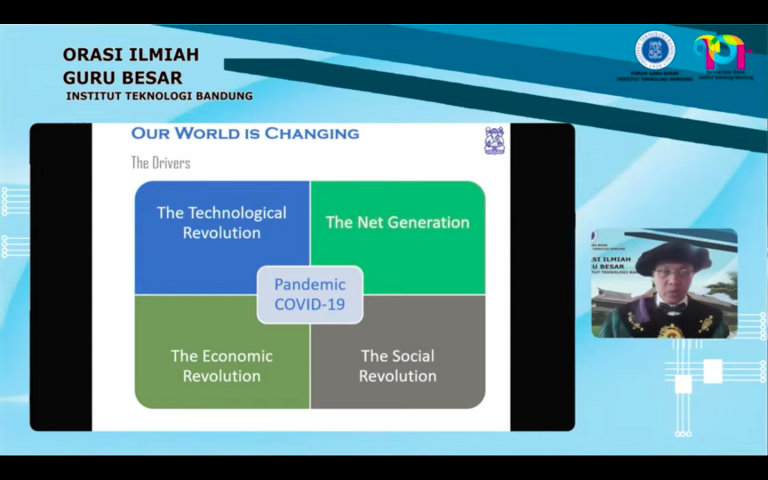
Moreover, it is crucial to consider cooperation strategies including those with competitors by taking advantage of each other’s perks. This has evolved to be termed co-opetition (competition and cooperation).
On the other hand, the current generation of organizational management is dominated by baby boomers, Gen-X and Gen-Y, and their subordinates, the Z-generation, also known as the millennial generation. This necessitates improvements in company management, society, and leadership patterns in line with the millennial generation’s attributes.
Social revolutions constitute abrupt changes in society’s structure and nature. These revolutions are also credited with transforming the society, economy, culture, philosophy, and technology, as well as, but not exclusively, political systems.
Of course, these organizational challenges must be responded to by internal organizational management to make the organization sustainable. The spearhead of building an agile organization is the organization’s human capital.
The organization must first understand the organizational architecture that will allow it to respond to these challenges. The foundation for fostering a growth plan is an organization with a market focus architecture. This architecture is defined by collaborative efforts with other organizations to achieve organizational growth synergies which often necessitates a horizontal organization with flexibility in making decisions on existing work units.
Prof. Aurik then put an emphasis on the COVID-19 pandemic which is known to be a Black Swan Event. A black swan is an unforeseeable event that occurs outside of the usual range of events and has potentially disastrous consequences. Black swan events are distinguished by their extreme rarity, significant effects, and widespread belief that they are predictable in retrospect.
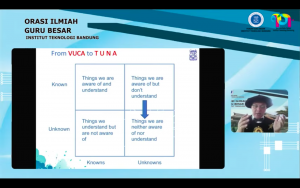
The application of organizational values and culture, which stimulates the development of creativity and innovation from organizational members, is how this organizational management manifests itself (entrepreneurial culture). Everyone in the company is required to play a leading role as a strategic business partner, thinking about and implementing program initiatives that add value to the company. The approach to improving people’s positions in the organization necessitates a shift in mindset from seeing individuals as a burden on the corporation or merely as a source of added value to seeing them as a person who can build value.
Internal resources constraints, on the other hand, also stymie the acceleration process in shaping this development attitude. One way to overcome these barriers is for associations or all stakeholders to work together. A new approach to accelerating organizational growth plans is to create a learning ecosystem to shape this growth mindset.

